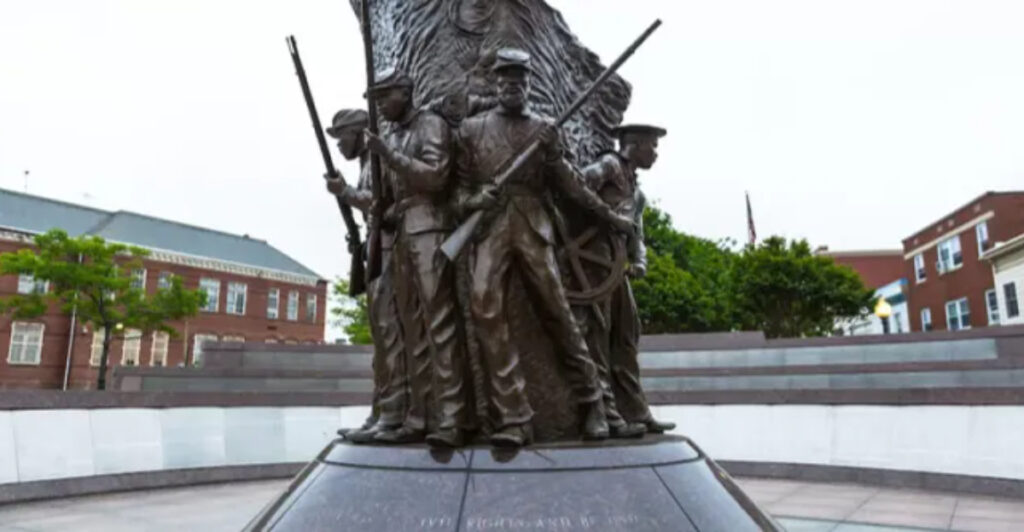Black history sites across America are more than just places to learn about the past. They bring millions of visitors each year, creating jobs and supporting local businesses in their communities. From world-famous museums to small historic sites, these destinations prove that preserving culture can also build economic success.
1. National Museum of African American History & Culture (Washington, D.C.)
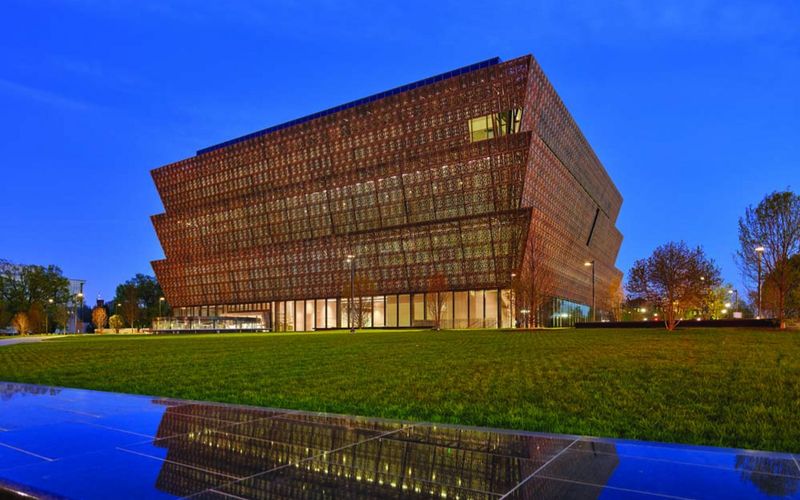
Standing tall on the National Mall, this bronze-colored building welcomes over 6 million visitors annually. The museum houses an incredible collection of 40,000 artifacts that tell the complete story of African American life.
Local restaurants, hotels, and shops benefit greatly from the steady stream of tourists. The museum generates more than $50 million each year for D.C. businesses.
Visitors often spend entire days exploring exhibits ranging from slavery to modern achievements. The economic ripple effect reaches far beyond the museum walls, supporting countless jobs throughout the city.
2. Whitney Plantation (Wallace, Louisiana)
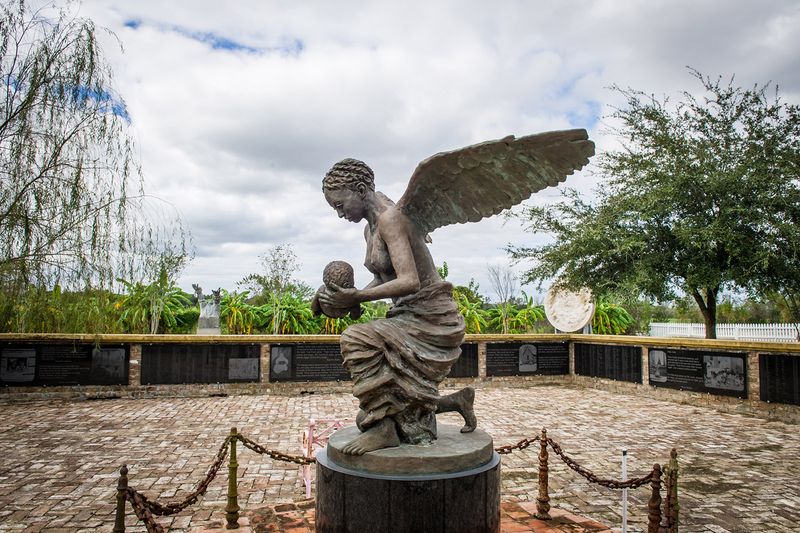
Unlike other plantation tours, Whitney focuses entirely on the experiences of enslaved people. This unique approach has transformed St. John the Baptist Parish into a must-visit destination for serious history learners.
The plantation features powerful memorials and exhibits that honor those who suffered. Local tour companies, restaurants, and bed-and-breakfasts have flourished since Whitney opened its doors.
Visitors come from around the world to experience this honest telling of plantation life. The site has breathed new economic life into a rural area that desperately needed tourism dollars.
3. Legacy Museum & National Memorial for Peace and Justice (Montgomery, Alabama)

Since opening in 2018, these twin sites have generated over $1 billion for Montgomery’s economy. The memorial stands as America’s first national monument dedicated to lynching victims.
Downtown Montgomery has experienced a renaissance thanks to the influx of visitors. New hotels, restaurants, and shops have opened to serve the growing number of tourists.
The museum uses cutting-edge technology to connect slavery to modern mass incarceration. This powerful message draws visitors who stay longer and spend more money in local businesses than typical tourists.
4. Beale Street Historic District (Memphis, Tennessee)
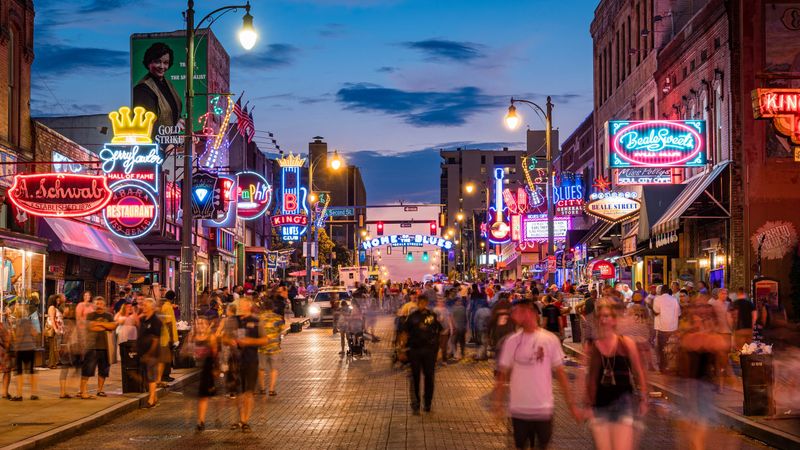
Music fills the air every night on this legendary street where blues was born. Beale Street generates over $100 million yearly for local bars, clubs, restaurants, and souvenir shops.
The district showcases Black entrepreneurship that thrived here for generations. Visitors can hear live music while learning about the street’s rich cultural history.
From B.B. King’s Blues Club to historic markers, every corner tells a story. The combination of entertainment and education keeps tourists coming back, creating steady income for hundreds of local businesses.
5. Apollo Theater (Harlem, New York)

Amateur Night at the Apollo launched countless careers, from Ella Fitzgerald to modern stars like H.E.R. This legendary venue continues to support over 200 local jobs while drawing tourists to Harlem.
The theater anchors a thriving business district filled with soul food restaurants and cultural shops. Visitors often explore the entire neighborhood, spreading their spending throughout the community.
Tours and performances keep the Apollo busy year-round. The theater’s fame brings international attention to Harlem, encouraging investment and development in surrounding blocks.
6. Martin Luther King Jr. National Historical Park (Atlanta, Georgia)

More than one million pilgrims visit King’s birth home and Ebenezer Baptist Church each year. The Sweet Auburn district has transformed into a bustling area filled with restaurants, museums, and gift shops.
Visitors walk the same streets where King grew up and preached. Local businesses have learned to cater to the steady stream of tourists seeking meaningful experiences.
The park includes multiple buildings and exhibits that require several hours to explore fully. This extended visit time means tourists spend more money on meals, parking, and souvenirs in the surrounding neighborhood.
7. Negro Leagues Baseball Museum (Kansas City, Missouri)
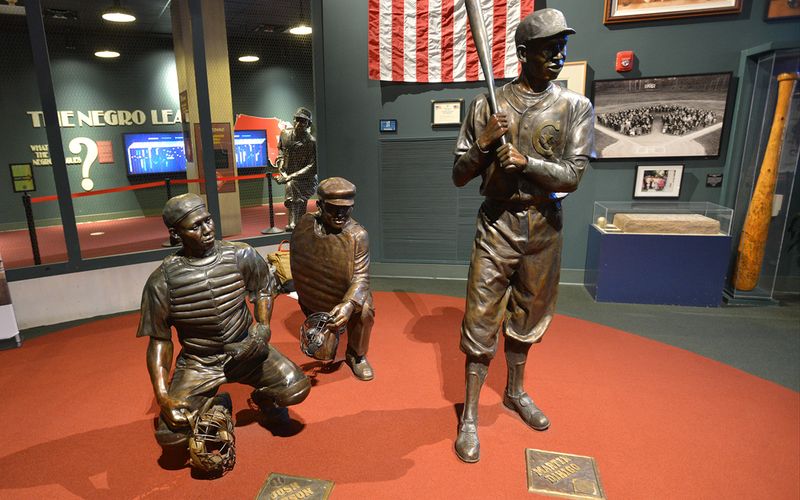
Baseball legends like Satchel Paige and Jackie Robinson come alive through interactive exhibits and memorabilia. The museum serves as the anchor for the revitalized 18th & Vine Jazz District.
Visitors discover stories of talented athletes who faced discrimination but never gave up. The surrounding area now features jazz clubs, restaurants, and other attractions that benefit from museum traffic.
Game artifacts and player stories create emotional connections that keep visitors engaged for hours. The museum has helped transform a struggling neighborhood into a destination that celebrates both baseball and jazz history.
8. Tuskegee Airmen National Historic Site (Tuskegee, Alabama)

Rural Macon County receives a $5 million annual economic boost from visitors learning about America’s first Black military pilots. The site preserves hangars and airfields where these heroes trained during World War II.
Aviation enthusiasts and history buffs travel long distances to see authentic aircraft and training facilities. Local hotels, restaurants, and gas stations depend heavily on this steady tourist traffic.
The Airmen’s story of overcoming racism while serving their country resonates with visitors of all backgrounds. This emotional connection encourages longer stays and repeat visits to the area.
9. Black Wall Street Memorial (Tulsa, Oklahoma)
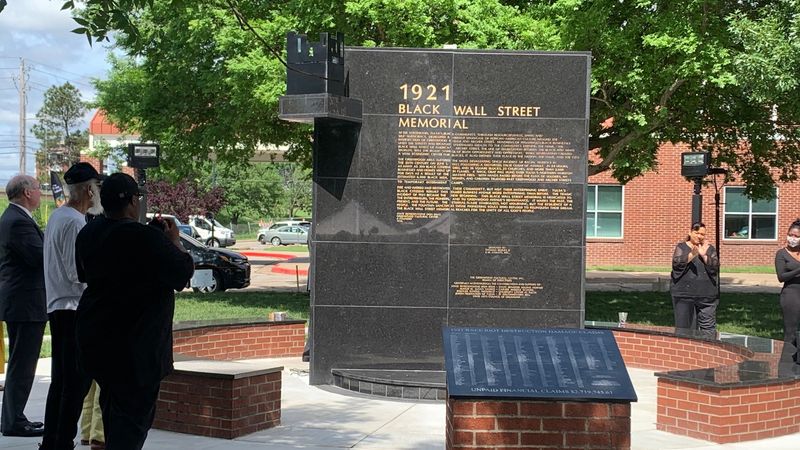
The 100th anniversary of the Tulsa Race Massacre brought renewed attention to this tragic site. The new Greenwood Rising museum has sparked fresh investment and development in the historic district.
Visitors learn about the prosperous Black community that was destroyed in 1921. Educational tours and exhibits help people understand this painful but important chapter in American history.
The memorial has become a pilgrimage site for those seeking to understand racial violence and resilience. Local businesses are seeing increased foot traffic as more people visit to pay their respects and learn.
10. Charles H. Wright Museum of African American History (Detroit, Michigan)
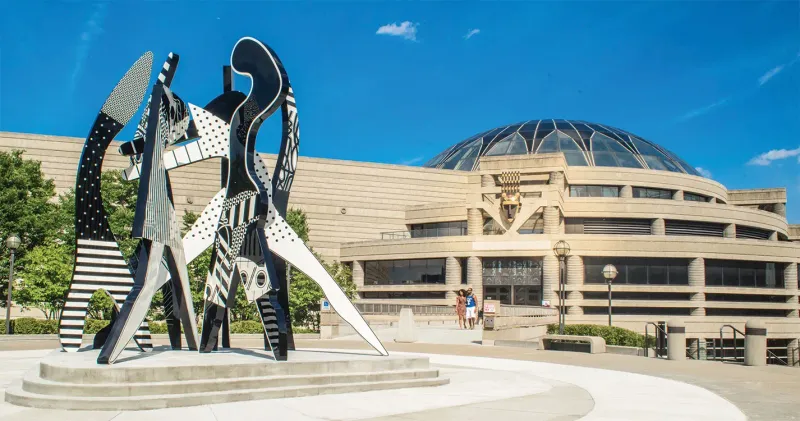
Housing the world’s largest permanent exhibit on African American history, this museum draws over 200,000 visitors annually to Detroit’s Midtown area. The massive collection spans from ancient Africa to contemporary achievements.
Restaurants, cafes, and shops in the surrounding neighborhood benefit from the steady stream of museum visitors. Many tourists extend their stays to explore other Detroit attractions.
The museum’s comprehensive approach requires multiple visits to see everything. This repeat visitor pattern provides consistent revenue for local businesses throughout the year, helping stabilize the area’s economy.
11. African American Civil War Memorial (Washington, D.C.)

Standing proudly in the Shaw neighborhood, this memorial honors 209,145 Black soldiers who fought for freedom during the Civil War. The site has helped revitalize a historic Black community.
Visitors search for ancestors’ names on the memorial walls, creating deeply personal experiences. Local restaurants and shops have opened to serve tourists exploring this lesser-known area of D.C.
The memorial’s database allows families to research their Civil War heritage. This unique feature attracts genealogy enthusiasts who often stay several days, providing sustained income for neighborhood businesses.
12. Pullman National Historical Park (Chicago, Illinois)
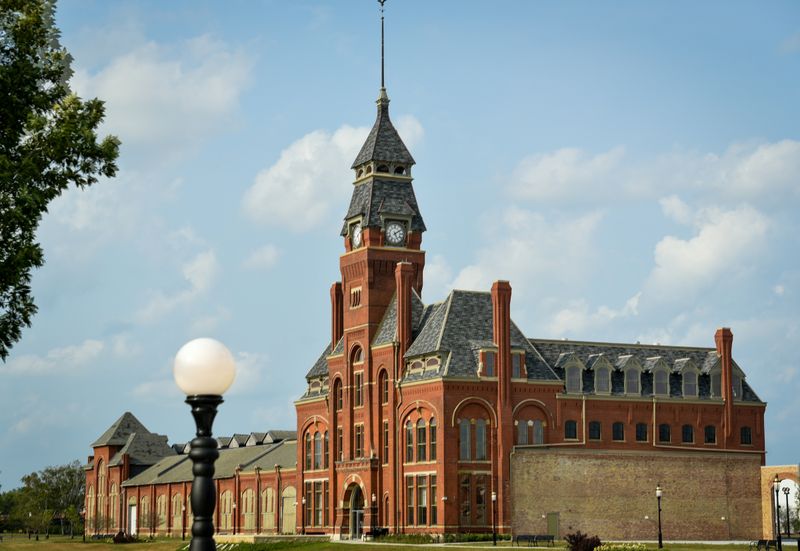
This former company town tells the story of Black railroad workers who formed America’s first Black labor union. The site plays a key role in South Side Chicago’s ongoing redevelopment efforts.
Visitors explore restored buildings and learn about labor history that changed the nation. The park has attracted new businesses and residents to an area that needed economic revitalization.
The Pullman porters’ story of dignity and organization inspires modern visitors. Tour groups and school trips provide steady income for local restaurants and shops while bringing positive attention to the neighborhood.
13. Congo Square (New Orleans, Louisiana)
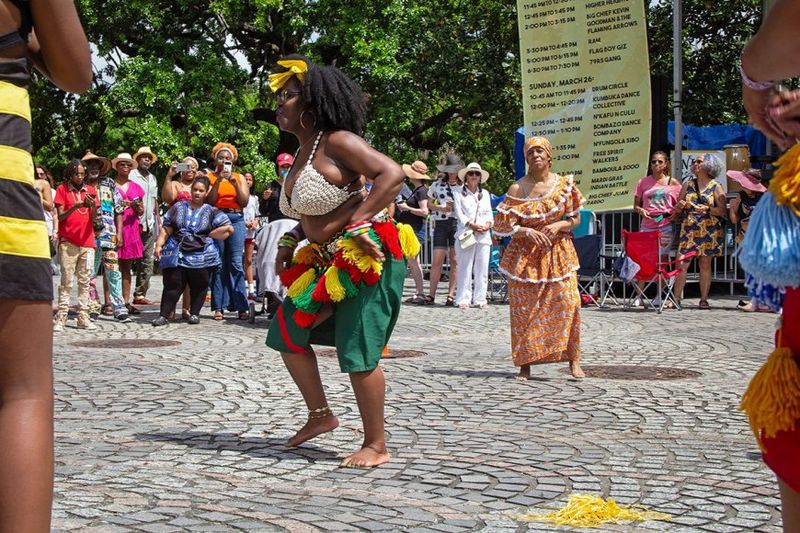
Every Sunday, enslaved people once gathered here to play African music and dance. This sacred spot in the Treme neighborhood is recognized as the birthplace of jazz music.
The square anchors a thriving music tourism industry that supports local musicians, tour guides, and restaurants. Visitors come to experience authentic New Orleans culture at its source.
Regular festivals and performances keep the square alive with music year-round. The combination of history and live entertainment creates a unique attraction that benefits the entire Treme community economically.
14. Harriet Tubman Underground Railroad National Historical Park (Maryland)
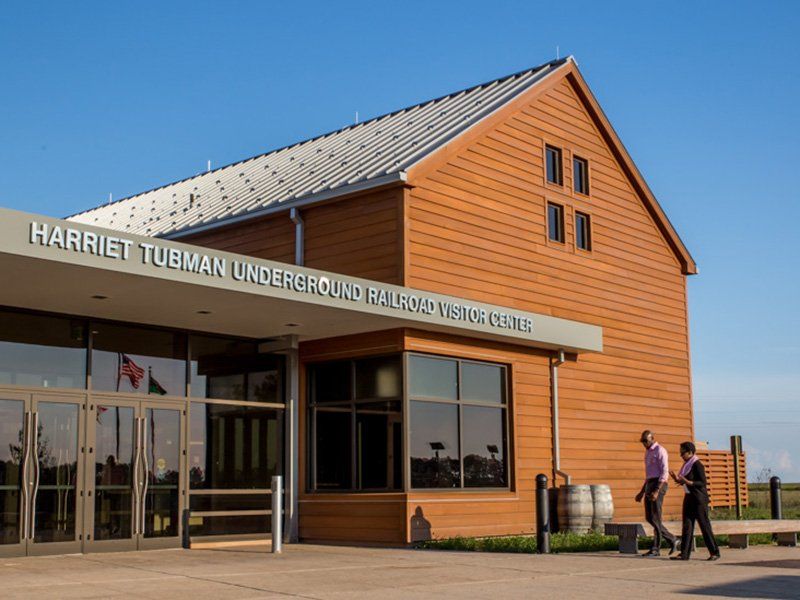
Rural Dorchester County has been transformed by visitors following Harriet Tubman’s footsteps through marshlands and safe houses. The park preserves landscapes where the famous conductor led people to freedom.
Outdoor enthusiasts combine history lessons with hiking and kayaking adventures. Local guides, outfitters, and restaurants have built businesses around this growing eco-tourism market.
Tubman’s incredible courage and determination inspire visitors from around the world. The park’s remote location means tourists often stay overnight, providing crucial income for small-town businesses that depend on seasonal visitors.
15. Motown Museum (Detroit, Michigan)
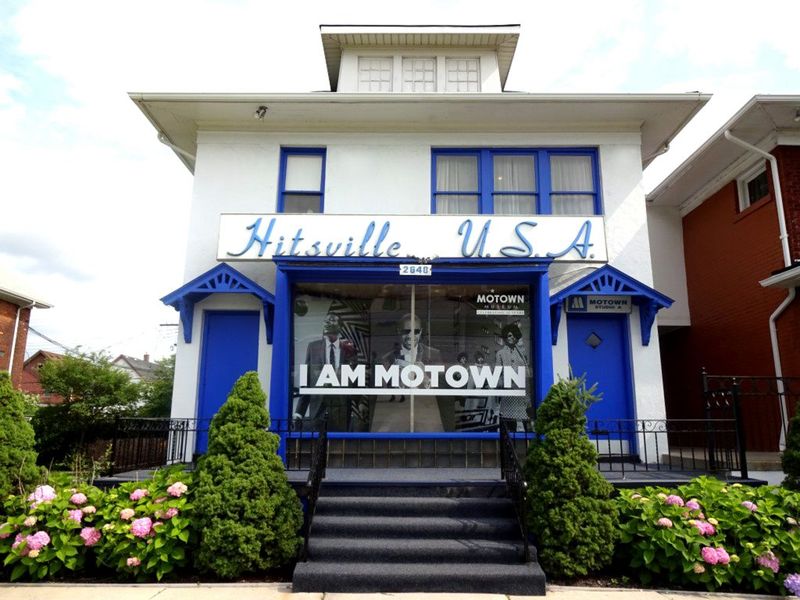
Berry Gordy’s legendary recording studio, known as Hitsville U.S.A., generates $12 million annually for local Detroit businesses. The modest house produced countless hits that changed American music forever.
Music lovers from around the globe make pilgrimages to see where The Supremes, Temptations, and Stevie Wonder recorded. The museum’s popularity has helped revitalize the surrounding neighborhood.
Original recording equipment and memorabilia create authentic experiences that can’t be found anywhere else. Visitors often explore other Detroit music venues, spreading their spending throughout the city’s entertainment district.
16. Medgar Evers Home Museum (Jackson, Mississippi)
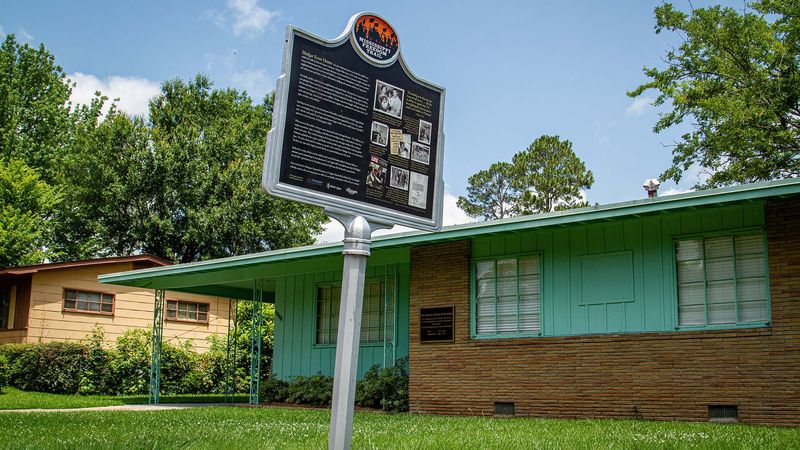
The civil rights leader’s preserved home draws visitors to Jackson’s historic Farish Street district. Evers was assassinated in his driveway in 1963, making this a powerful pilgrimage site.
The museum tells the story of a man who fought for voting rights and integration. Local businesses benefit from visitors who come to learn about Mississippi’s civil rights history.
Personal artifacts and family stories create intimate connections between visitors and the civil rights movement. The home’s authenticity provides educational experiences that encourage longer stays in the Jackson area.
17. Weeksville Heritage Center (Brooklyn, New York)
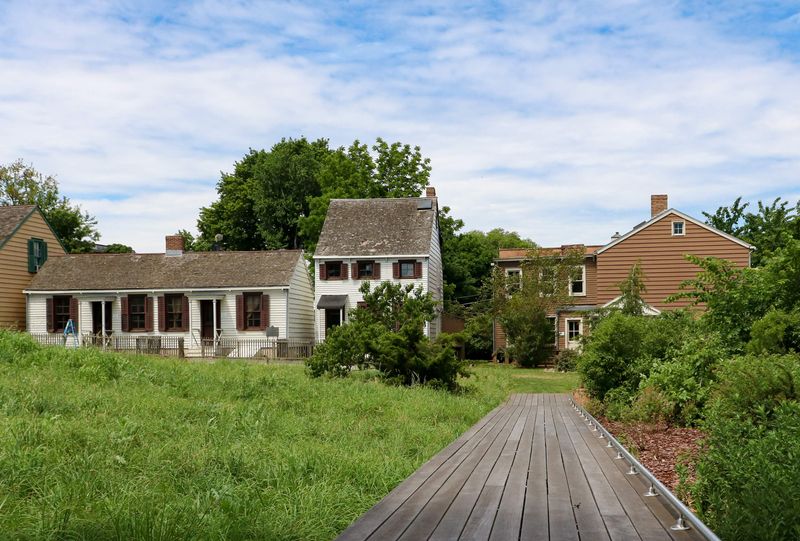
Crown Heights celebrates one of America’s first free Black communities at this unique heritage center. Weeksville was founded in the 1830s by free Black families seeking independence and opportunity.
The center anchors cultural tourism in a diverse Brooklyn neighborhood. Visitors discover stories of Black success that challenge common historical narratives about 19th-century America.
Original houses and interactive exhibits show how free Black families built thriving communities. The center’s programs attract school groups and families, bringing steady business to local restaurants and shops throughout the year.
18. Nicodemus National Historic Site (Kansas)
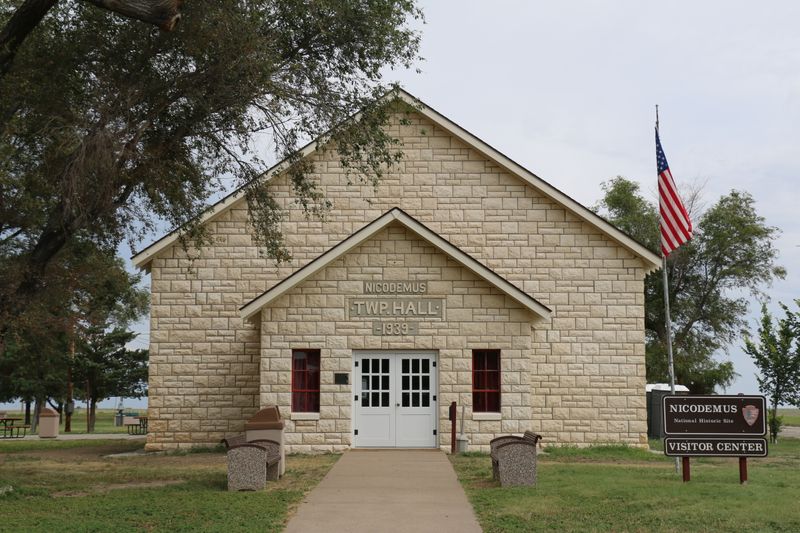
Founded in 1877 by formerly enslaved people, Nicodemus remains the last surviving Black pioneer town on the Great Plains. This remote Kansas community depends on tourism to keep its unique history alive.
Visitors learn about Black homesteaders who built new lives on the frontier. The annual Emancipation Celebration brings hundreds of visitors to this tiny town each summer.
Original buildings and artifacts tell stories rarely included in Western history books. Tourism provides essential income for the few remaining residents who work to preserve this important piece of American heritage.
19. Reginald F. Lewis Museum (Baltimore, Maryland)
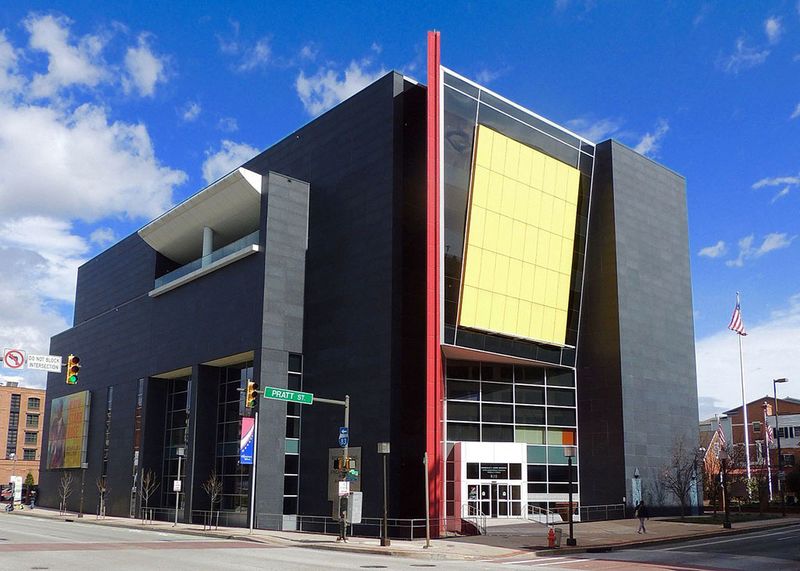
Baltimore’s premier African American museum showcases 400 years of Black life in Maryland, from slavery through modern STEM achievements. The museum anchors downtown Baltimore’s growing heritage tourism industry.
Interactive exhibits and artifacts tell stories specific to Maryland’s unique history. Visitors often combine museum visits with trips to Baltimore’s Inner Harbor and other attractions.
The museum’s focus on local history creates strong connections with both residents and tourists. Special exhibitions and programs keep visitors returning, providing consistent support for downtown restaurants, hotels, and parking facilities.
20. African Meeting House (Boston, Massachusetts)
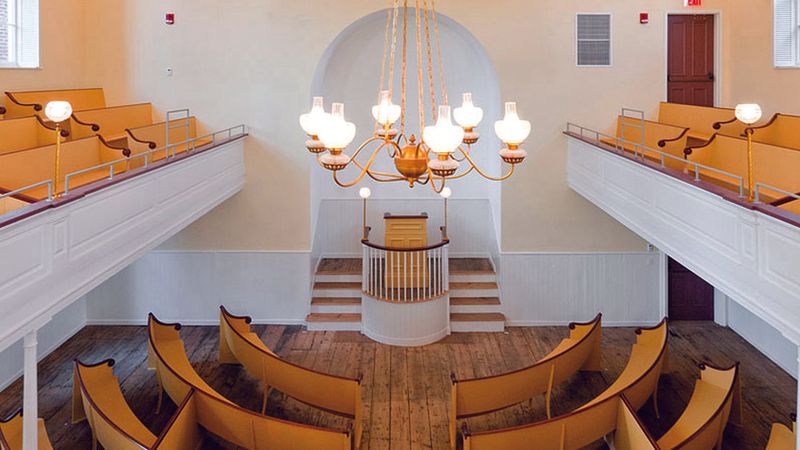
Built in 1806, America’s oldest Black church building serves as the starting point for Boston’s Black Heritage Trail. This historic beacon of abolitionism draws visitors to Beacon Hill’s charming cobblestone streets.
The meeting house anchors a walking tour that includes 14 historic sites. Local shops, cafes, and restaurants benefit from the steady stream of history enthusiasts exploring the neighborhood.
Visitors learn about Boston’s free Black community and its role in the Underground Railroad. The trail’s popularity has helped preserve historic buildings while supporting modern businesses in one of Boston’s most prestigious areas.

